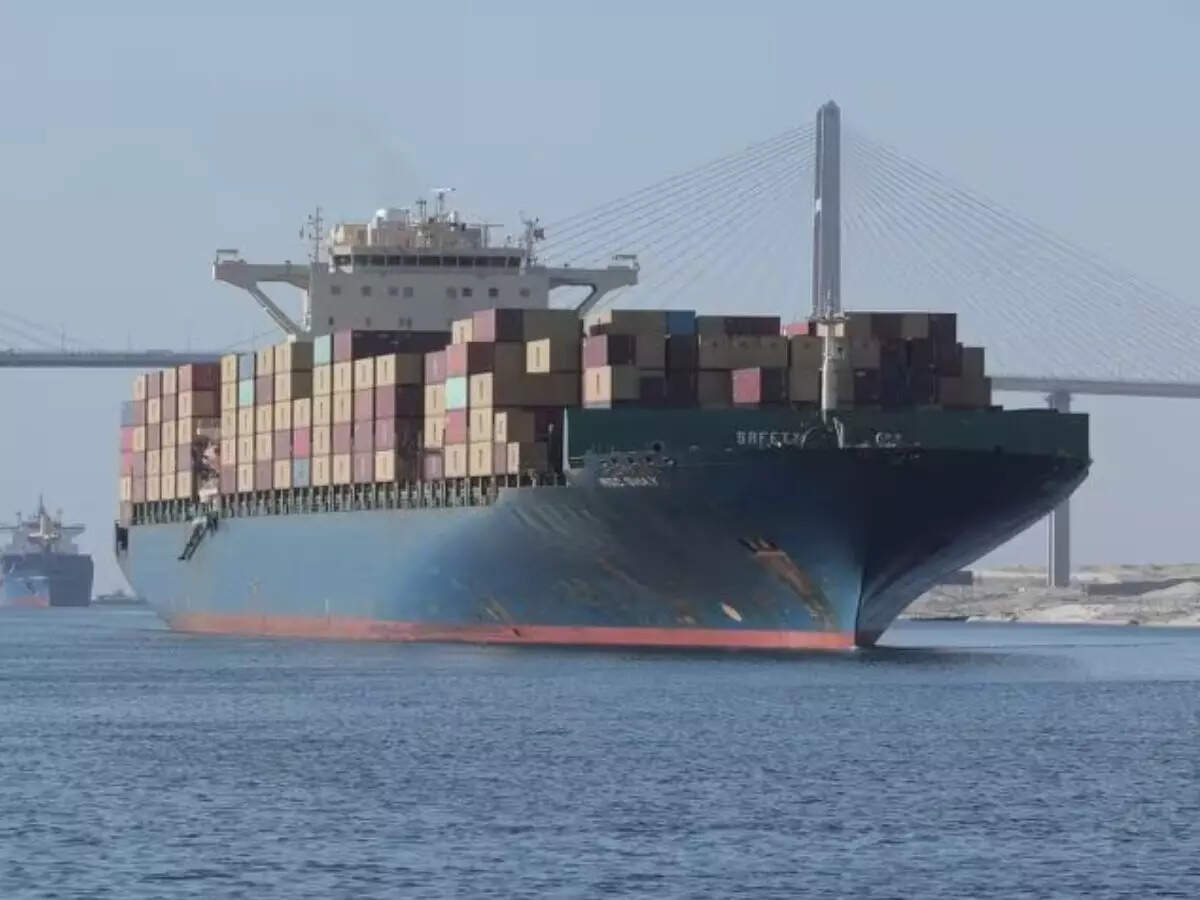
For Chinese businessman Han Changming, disruptions to Red Sea freight are threatening the survival of his trading company in the eastern province of Fujian. Han, who exports Chinese-made cars to Africa and imports off-road vehicles from Europe, told Reuters the cost of shipping a container to Europe had surged to roughly USD 7,000 from USD 3,000 in December, when Yemen’s Iran-aligned Houthi movement escalated attacks on shipping.
“The disruptions have wiped out our already thin profits,” said Han, adding that higher shipping-insurance premiums are also taking a toll on Fuzhou Han Changming International Trade Co Ltd, the company he founded in 2016.
The rupture of one of the world’s busiest shipping routes has exposed the vulnerability of China’s export-reliant economy to supply snarls and external demand shocks. In a speech at the World Economic Forum in Davos on Tuesday, Premier Li Qiang emphasised the need to keep global supply chains “stable and smooth”, without referring specifically to the Red Sea.
Some companies, such as U.S.-based BDI Furniture, have said they are relying more on factories in places such as Turkey and Vietnam to mitigate the impact of the disruptions, adding to recent moves by Western countries to reduce dependence on China amid geopolitical tensions.
At stake for China now is the danger that other firms will follow suit and reassess their de-risking strategy, opting potentially to shift production closer to home, an approach known as “near-shoring”.
“If it’s permanent, and it could be permanent, then the whole mechanism will be readjusted,” said Marco Castelli, founder of IC Trade, which exports Chinese-made mechanical components to Europe. “Some (companies) may also consider moving more production to India, which is one week closer to Europe. Companies need to reevaluate everything.”
Further Red Sea disruptions would pile pressure on a struggling Chinese economy already contending with a property crisis, weak consumer demand, a shrinking population and sluggish global growth.
With Europe and Africa trade accounting for 40% of Han’s overall business, he said he had been pleading with suppliers and customers to shoulder some of the additional costs to keep his company afloat. Shipping times for some orders were delayed by up to several weeks, he said.
Compounding the pain for some firms, the disruptions come as many are navigating a logistics challenge ahead of Lunar New Year in February, when some 300 million migrant workers go on leave and almost all factories in China shut, creating a scramble in the preceding weeks to get goods shipped.
Mike Sagan, the Shenzhen-based vice president for supply chains and operations at KidKraft, a maker of outdoor play equipment and wooden toys, said many European customers are slamming on the brakes, saying: “Don’t ship anything, hold it”.
“A lot of suppliers, they’re screaming about money today,” said Sagan, whose company supplies retailers including Walmart and Target.
A worry for larger manufacturers, he said, is the snowball effect on smaller suppliers with tight margins, as they would be among the last to receive payments but are critical to the supply chain.
Rerouting vessels from the Red Sea – the shortest route from Asia to Europe via the Suez Canal – around the Cape of Good Hope can add two weeks to shipping schedules, reducing global container capacity and cleaving supply chains as it takes longer for vessels to return to ports to reload.
That probably means delays for goods scheduled to arrive on Western shelves in April or May. Some logistics companies are already reporting a container shortage at Ningbo-Zhoushan port in China, one of the world’s busiest by cargo tonnage, according to BMI, an industry research firm.
The Suez Canal is a primary route for China’s westward shipments of goods, including around 60% of its exports to Europe, according to the Middle East Institute, a Washington-based think tank.
‘HUGE’ IMPACT
Yang Bingben, whose company makes industrial-use valves in eastern China’s manufacturing hub of Wenzhou, said a client in Shanghai this week slashed an order for 75 valves – intended for assembly into large machinery for shipment overseas – to 15 amid soaring freight costs.
“The impact is huge,” said Yang, adding that he had prepared raw materials that could not be returned because they had been processed. “It’s like I received an order that makes me lose money.”
Yang is now rethinking his staffing needs for this year, saying he can’t guarantee salaries as his workers are paid based on the amount of work they do.
“If I don’t have enough work to give them, I’m afraid they won’t be able to make a living.”
In southern China, Wei Qiongfang, a freight forwarder based in Guangzhou, said some suppliers were delaying shipments of lower-value goods, pressuring manufacturers’ stockpiles.
As once-predictable trade conditions become increasingly uncertain, the impact is especially acute for companies that rely on just-in-time deliveries or that need to change their stock regularly.
Another issue, said Castelli, is that factories do not get paid until goods arrive at their destination.
“So if their payment is delayed, they can’t pay their suppliers, they can’t pay their workers,” he said. “China is so successful in the global market because they work with tiny margins: when you have volume, the money rolls in; when the money stops coming, you have a big problem.”
In the Pearl River Delta city of Dongguan, Gerhard Flatz, managing director of premium sportswear manufacturer KTC, is concerned that some companies grappling with shrinking margins will go under.
“So, they are struggling, and now there is another logistics crisis. You know, at some point many will have to shut down,” said Flatz.

